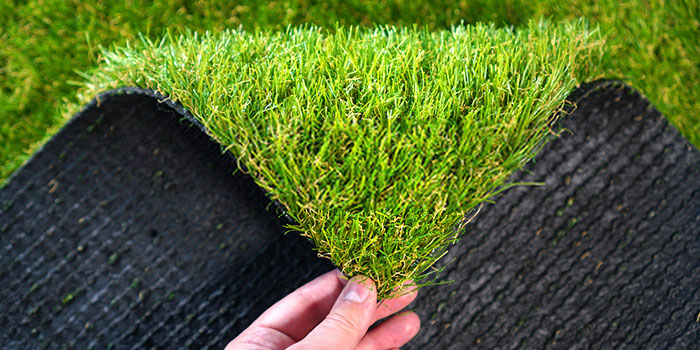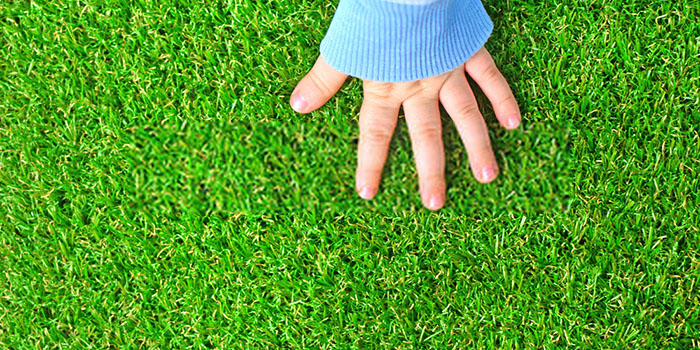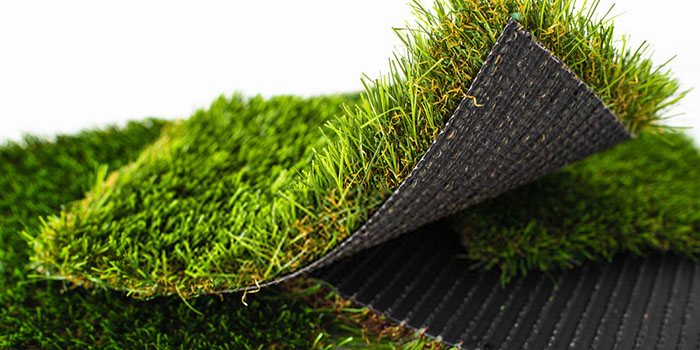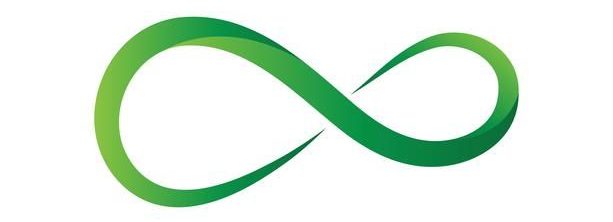
With so many types of artificial grass available on the market, choosing the right one for your lawn can be overwhelming. This comprehensive guide will walk you through everything you need to consider to select the best artificial turf for your needs—whether for a backyard, pet area, sports field, or putting green.
Budgeting for Artificial Grass

The first step in your journey is defining your budget. Calculate your lawn area (length × width) and determine how much you can spend per square foot. Don’t forget to factor in installation and accessory costs like base materials and infill.
How Much Artificial Grass Do You Need?
To determine how much synthetic turf to buy:
- Measure your space’s length and width.
- Multiply the two to get square footage.
- Subtract areas that don’t need turf, but always order a little extra to avoid shortages.
📏 Example: A lawn measuring 50 ft x 100 ft = 5,000 sq ft of artificial grass.
For irregular shapes, sketch the area and calculate using geometry or draw a box around the irregular area and measure the box dimensions.
💡 Pro Tip: Consult a supplier or installer to help you determine the right amount.
Average Cost of Artificial Grass
Artificial turf itself typically costs $0.90–$3.75 per square foot. Additional materials like infill, weed barriers, and base layers can add $0.60–$1.00 per sq ft.
Installation costs vary widely by location and project scale, ranging from $2.80 to $18.80 per square foot, including labor. DIY installation can reduce costs significantly if you’re handy.
Quick Budget Formula:
Square Footage × (Turf + Material + Installation Costs) = Total Budget
What Will the Artificial Lawn Be Used For?

The intended use of your synthetic lawn will affect the type of grass and infill you choose:
1. Backyard Lawns
Perfect for a clean, low-maintenance aesthetic. Choose turf with realistic appearance and softness.
2. Pet Pads
Pet-friendly artificial grass is durable, odor-resistant, and easy to clean—ideal for dogs and other pets.
3. Putting Greens
Turf for golf greens should have a short pile height and consistent ball roll. Look for turf that mimics professional course greens.
4. Landscaping
For decorative spaces, color variety and climate resistance are key. Opt for turf with UV protection and varied blade textures.
5. Sports Fields
Sports turf should be highly durable and cushioned for impact. Rubber infill is ideal for performance and safety.
Characteristics of Artificial Grass

Artificial Grass Materials
There are three main synthetic grass fiber types:
1. Polypropylene
- Budget-friendly
- Low UV resistance
- Shiny and less realistic
2. Nylon (Polyamide)
- Extremely durable
- Ideal for high-traffic areas
- Higher cost
- May feel coarse underfoot
3. Polyethylene
- Best balance of realism and cost
- Soft texture
- UV-resistant
- Great for residential lawns
Pile Height
Choose based on function:
- Short pile: Putting greens
- Medium to long pile: Yards, kids’ play areas
Pile Density
Denser grass feels thicker and lasts longer, but may also be stiffer. Balance density with softness based on your preference.
Color Options
Choose realistic color blends like olive, lime, and brown that mimic natural grass. Avoid one-tone turf, which can look artificial.
How to Choose the Best Quality Artificial Grass
Don’t Rely on Photos
Always request samples or visit a local installation to evaluate turf in person. Feel the texture, check for softness, and look at color variation.
Durability
Read product specs and reviews to ensure the turf can handle foot traffic, pets, or sports activities as needed.
Comfort
The grass should feel springy, soft, and comfortable—not plasticky or overly stiff.
Realistic Appearance
Look for multi-tone fibers with varied blade shapes. This creates a more natural look that blends well with your surroundings.
Backing Quality
A high-quality backing layer ensures proper drainage, prevents shifting, and increases durability. Check for double backing and perforations.
Safety & Certifications
Look for:
- Fire-retardant certification
- Non-toxic materials
- UV stabilization
- Product warranty
Where to Buy Artificial Turf for Your Project
You have two main buying options:
1. Local Suppliers
- Inspect turf samples directly
- Ask for installation site visits
- Potential for faster delivery and support
2. Online Suppliers
- Convenient ordering
- Access to global selections
- Request samples before committing
What to Look for in a Supplier
- Responsive customer service
- Transparent pricing
- Good reviews and testimonials
- Detailed product specifications
- Free quotes and sample availability
Conclusion
Choosing the right artificial turf depends on your budget, purpose, and preference. If you want premium quality, Roen Artificial Grass is a smart choice. Roen offers highly realistic, durable, and eco-friendly turf at factory-direct prices, backed by strong warranties and reliable service.
Whether you’re landscaping a yard, building a pet pad, or creating a putting green, Roen provides the perfect solution.
👉 Contact us for a free quote and sample today.
FAQ
Q: How do I make a budget for artificial turf?
A: Measure your lawn area and multiply it by the cost per square foot (including installation).
Q: What’s the best artificial grass for pets?
A: Durable, odor-resistant turf with drainage backing is ideal.
Q: How much does artificial grass cost per square foot?
A: Around $0.9–$3.75 for turf only; $2.8–$18.8 including full installation.
Q: How do I know if the turf is good quality?
A: Look for UV protection, varied blade colors, soft texture, and a strong backing. Always request a sample.
Q: Can I install artificial grass myself?
A: Yes! If you’re experienced in DIY, installing turf yourself can save on labor costs.
